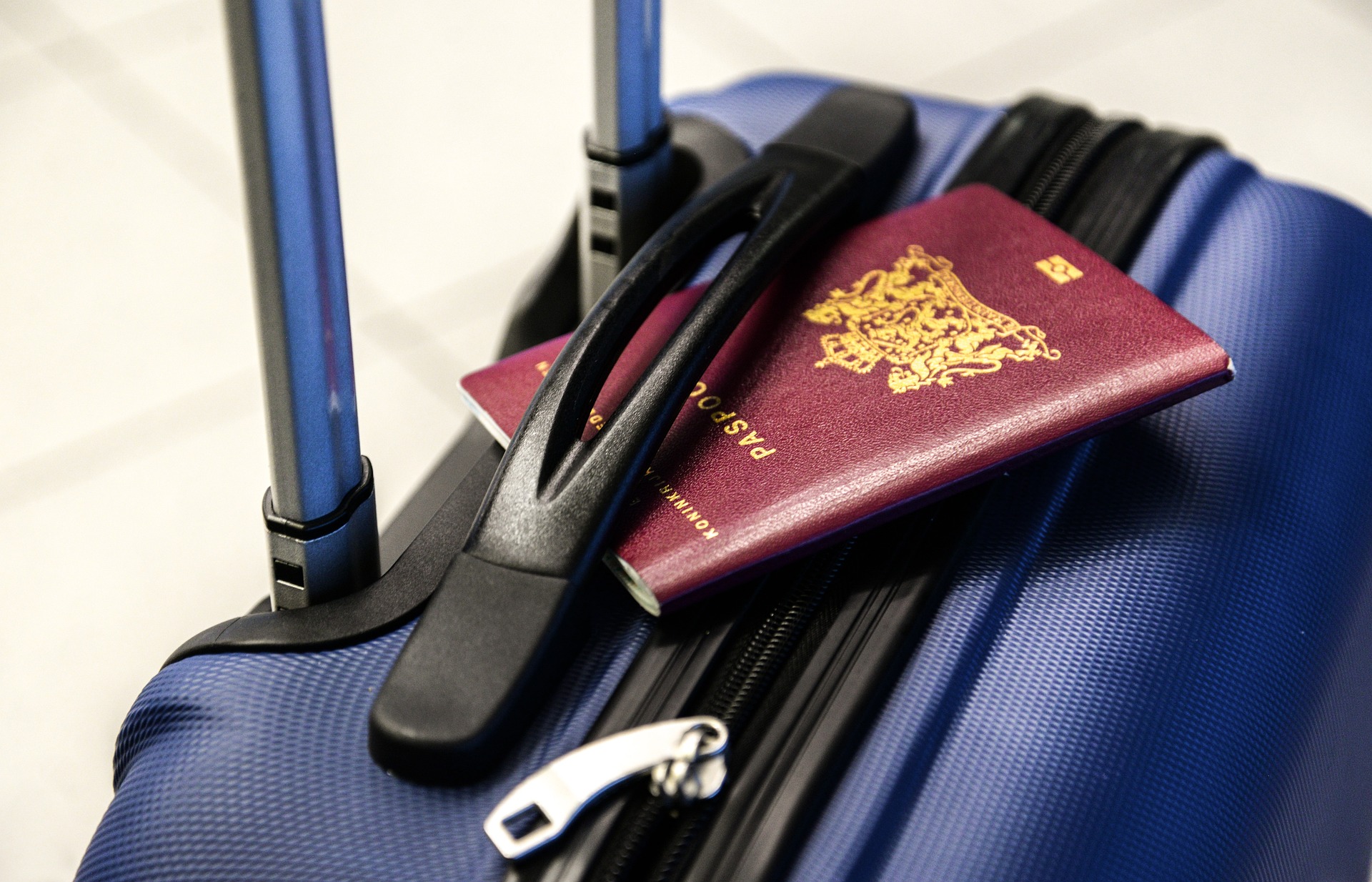
It’s that time of the month again. Time to share the latest trends and projections of the July Visa Bulletin!
To help you prepare for your upcoming immigrant visa or green card filing, in this blog post, we share what you can expect to see in the upcoming month’s visa bulletin for family-sponsored and employment-based preference categories.
Here are some of the highlights from the July 2023 Visa Bulletin
Employment-based categories
- EB-3 India will retrogress by more than 3.5 years to January 1, 2009. EB-3 for all countries except China will retrogress by 4 months to February 1, 2022.
- EB-1, EB-2, and EB-5 cutoff dates will remain the same in July as before.
- Dates for Filing cutoff dates in the employment-based categories remain the same as June.
Family-sponsored categories
Dates for Filing cutoff dates – Advancements in July:
- F-1 Mexico will advance by 1 month to January 1, 2003 from December 1, 2002
- F-1 China, India, World will advance by 8 months to September 1, 2017 from January 1, 2017
- F2B Mexico will advance by 3 months to April 1, 2002 from January 1, 2002
- F3 China, India, World will advance by 3 weeks to March 1, 2010 from February 8, 2010
- F4 China and World will advance by 1 month to March 1, 2008 from February 1, 2008
- F4 Mexico will advance by 2 weeks to April 15, 2001 from April 1, 2001
Final Action cutoff dates – Advancements in July:
- F1 Mexico will advance by 3 weeks to April 22, 2001, from April 1, 2001
- F2B Mexico will advance by 2 months to August 1, 2001, from June 1, 2001
- F3 China, India, World will advance by 2 weeks to December 22, 2008, from December 8, 2008
- F3 Mexico will advance by 2.5 months to January 15, 1998, from November 1, 1997
- F4 China and World will advance by 2 weeks to April 22, 2007, from April 8, 2007
What is the Visa Bulletin?
The Department of State releases the visa bulletin on a monthly basis, which summarizes the availability of immigrant visa numbers for that particular month in the employment and family preference categories.
Adjustment of Status Filing Chart July 2023
The U.S. Citizenship and Immigration Services (USCIS) has not yet published guidance regarding the appropriate chart to use for adjustment of status filings in the month of July. Once the announcement is made, USCIS will indicate whether they will accept adjustment of status applications based on the Final Action Dates chart or the Dates for Filing chart. As soon as we have that information, we will provide it in this blog post.
You may also find the information here once it is published:
July 2023 Visa Bulletin Dates for Filing Cutoff Dates
Employment-Based Categories
FINAL ACTION DATES FOR EMPLOYMENT-BASED PREFERENCE CASES
According to the Department of State’s July 2023 Visa Bulletin, the following Final Action cutoff dates will apply for employment-based categories, which will determine whether an adjustment of status application can be filed with USCIS in July:
- EB-1: All countries will remain current, except for India and China, which will have a cutoff date of February 1, 2022
- EB-2: India will remain at January 1, 2011. China will remain at June 8, 2019. All other countries will remain at February 15, 2022
- EB-3 Professionals and Skilled Workers: India will retrogress by 3.5 years to January 1, 2009, and China will remain at April 1, 2019. All other countries will retrogress by four months to February 1, 2022.
- EB-3 Other Workers: India will retrogress by 3.5 years to January 1, 2009, China will remain at September 1, 2015. All other countries will remain at January 1, 2020.
- EB-4: All countries will remain at September 1, 2018.
- EB-5: For the EB-5 Unreserved categories (C5, T5, I5, and R5), China will remain at September 8, 2015, and India will remain at April 1, 2017. All other countries will remain current. The EB-5 “Set-Aside” categories (Rural, High Unemployment, and Infrastructure) will remain current.
Continue reading
 Visa Lawyer Blog
Visa Lawyer Blog











